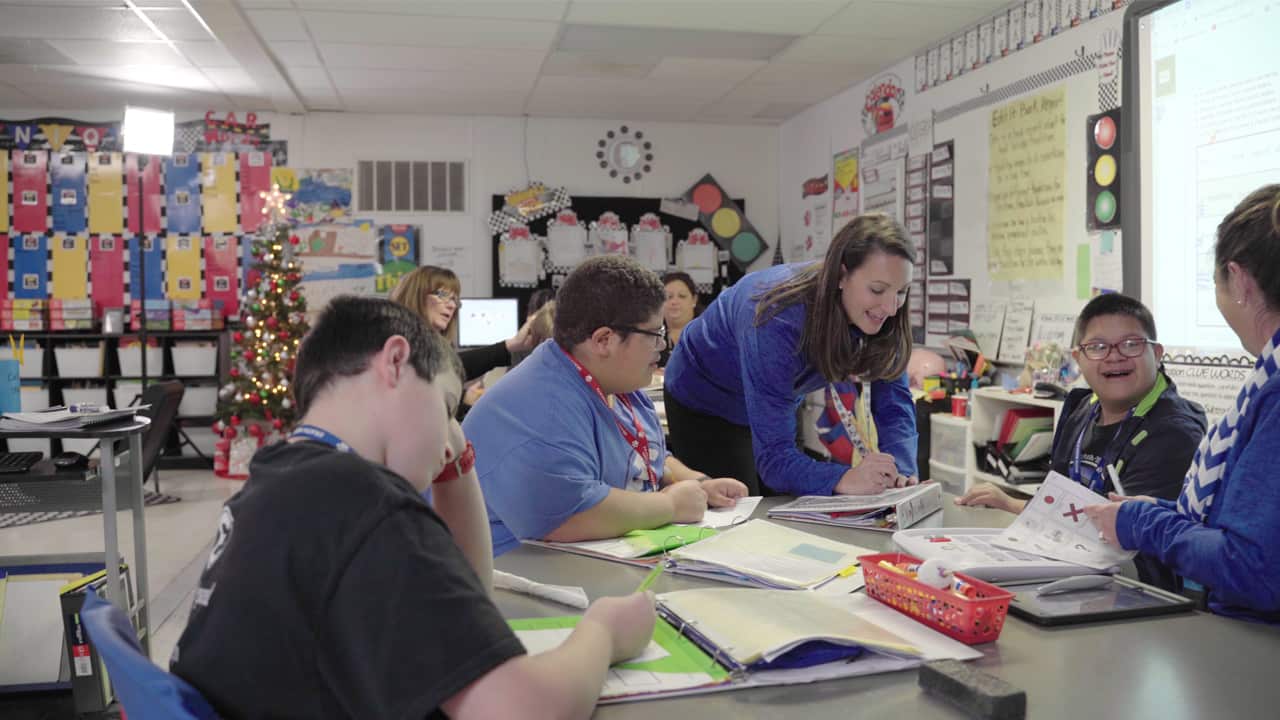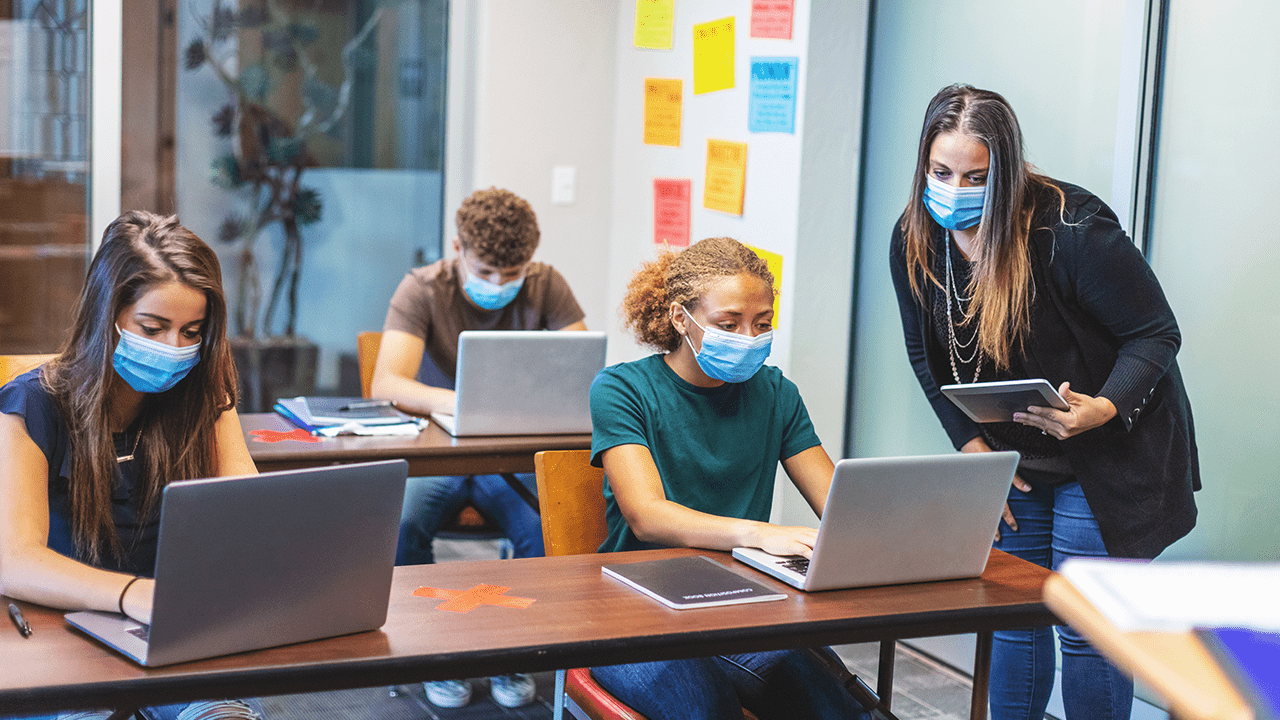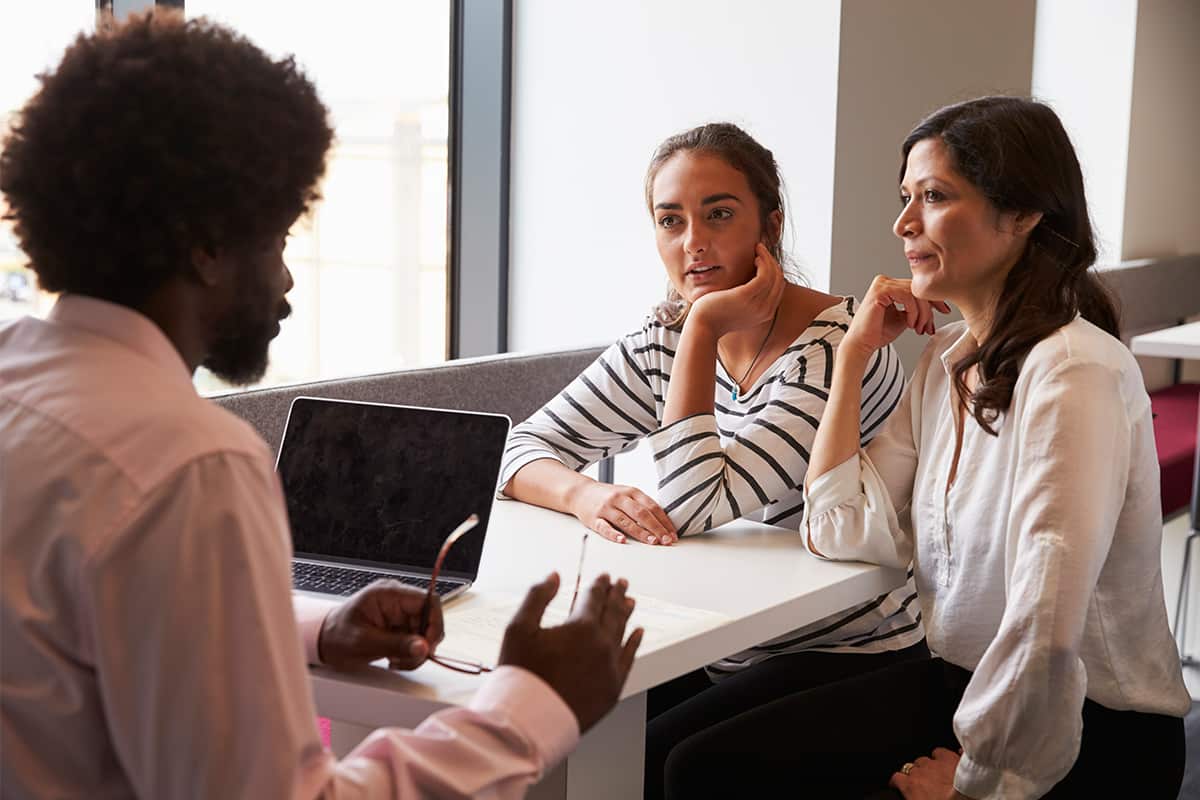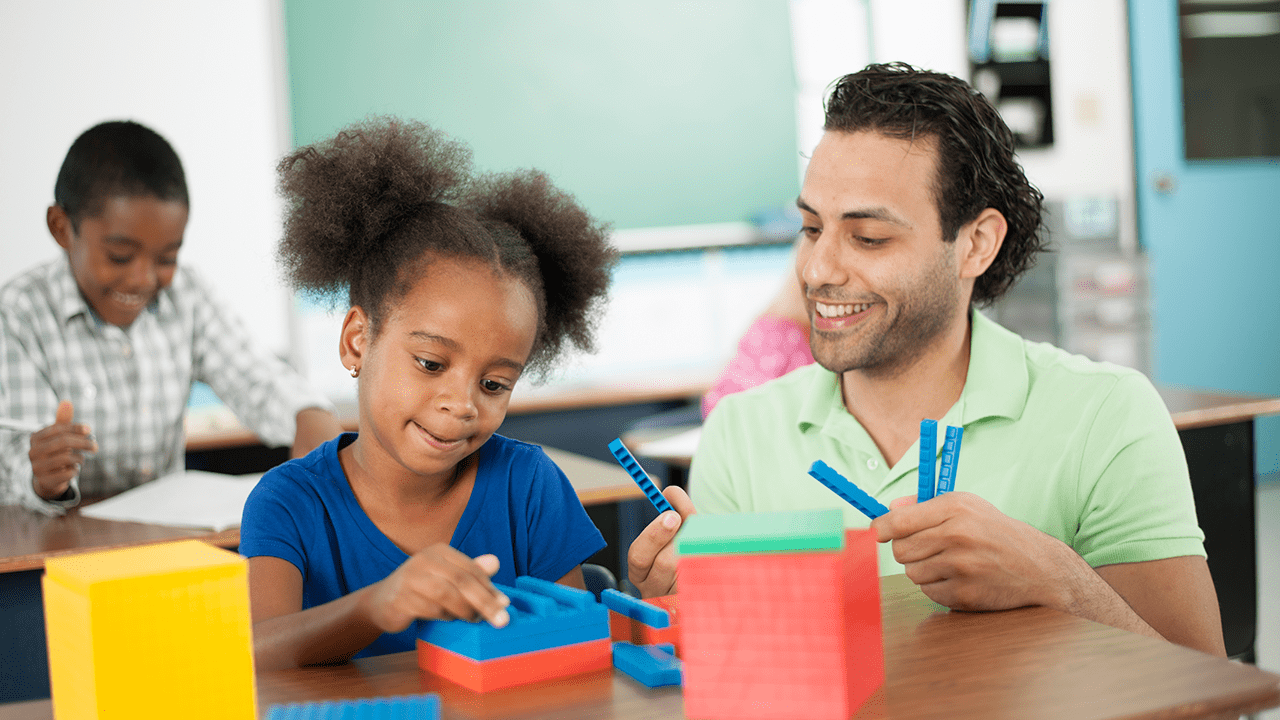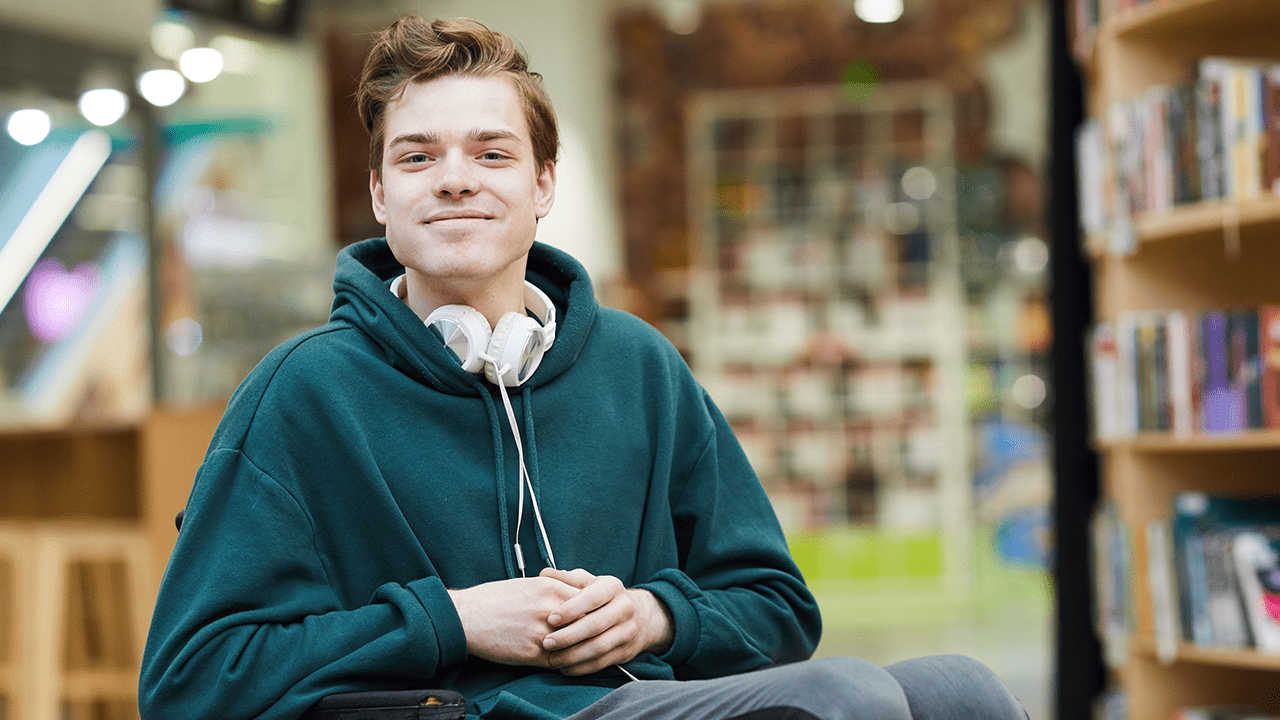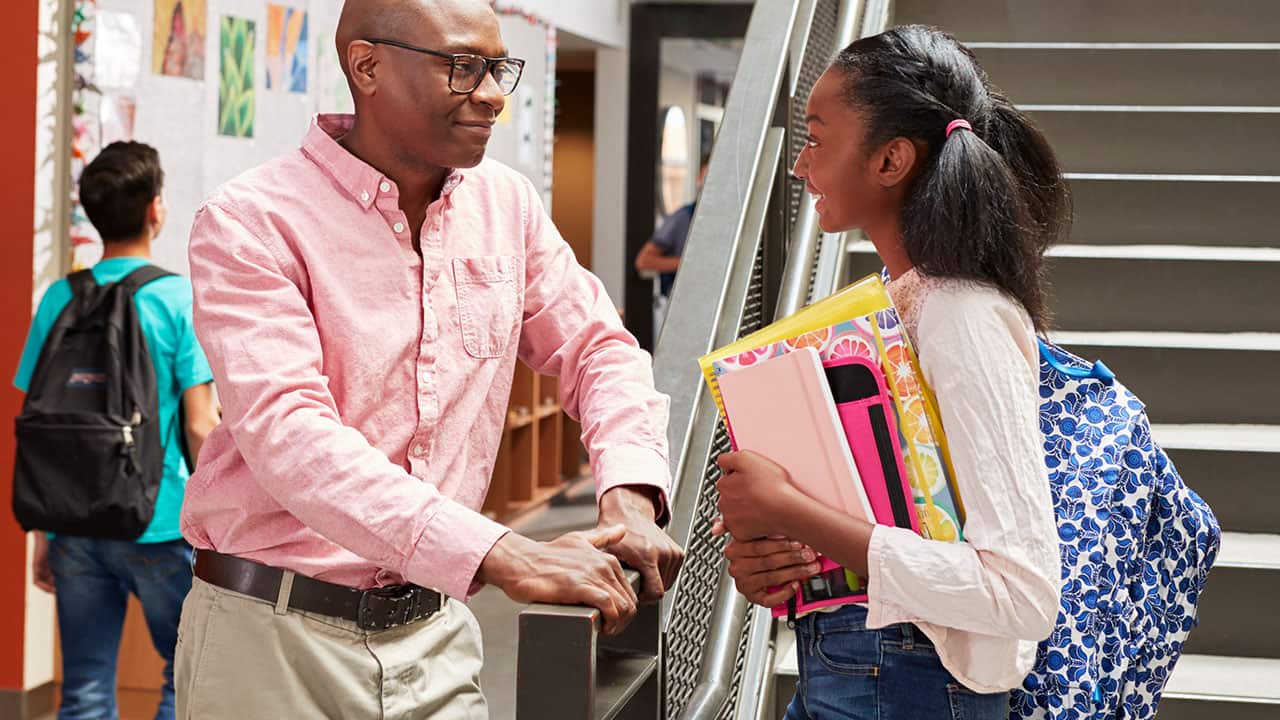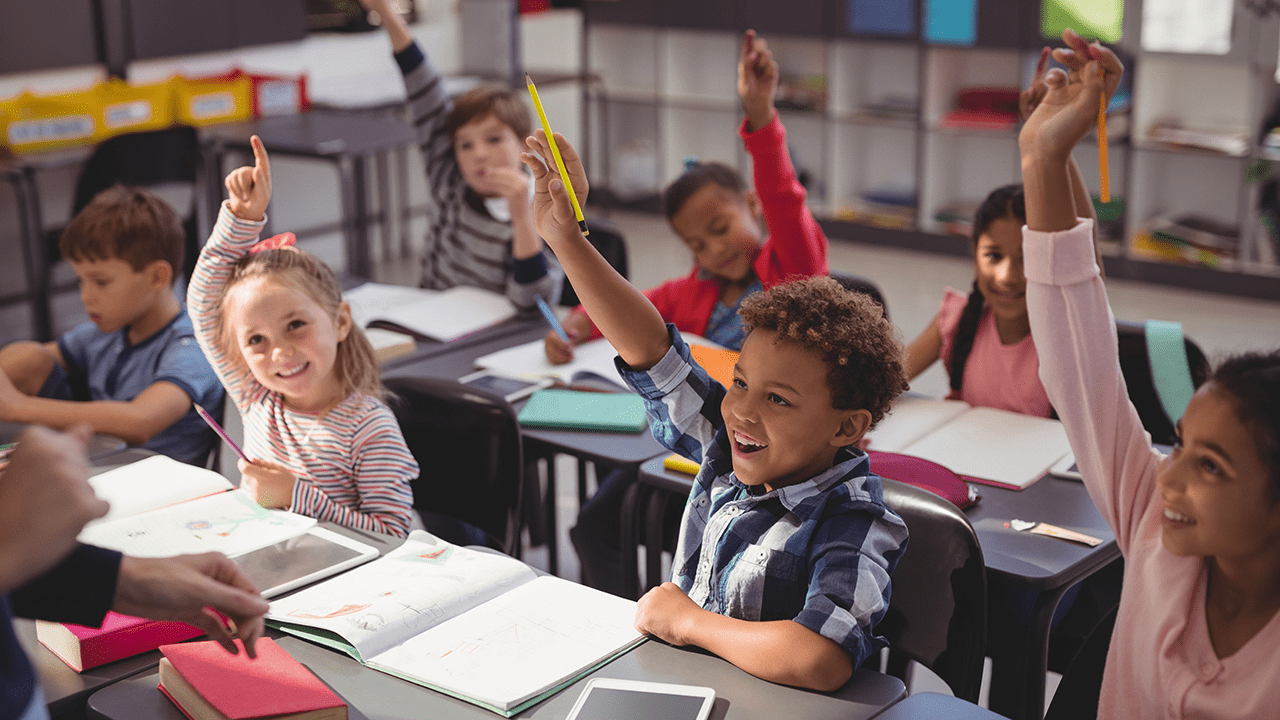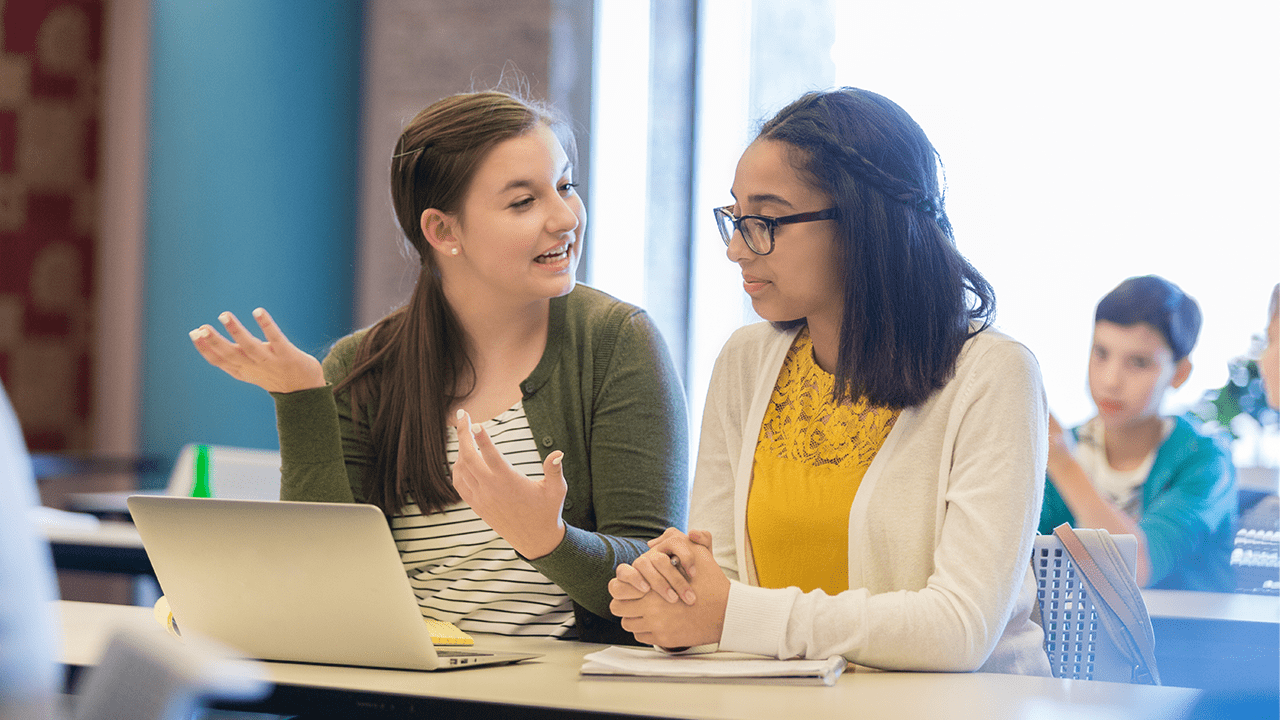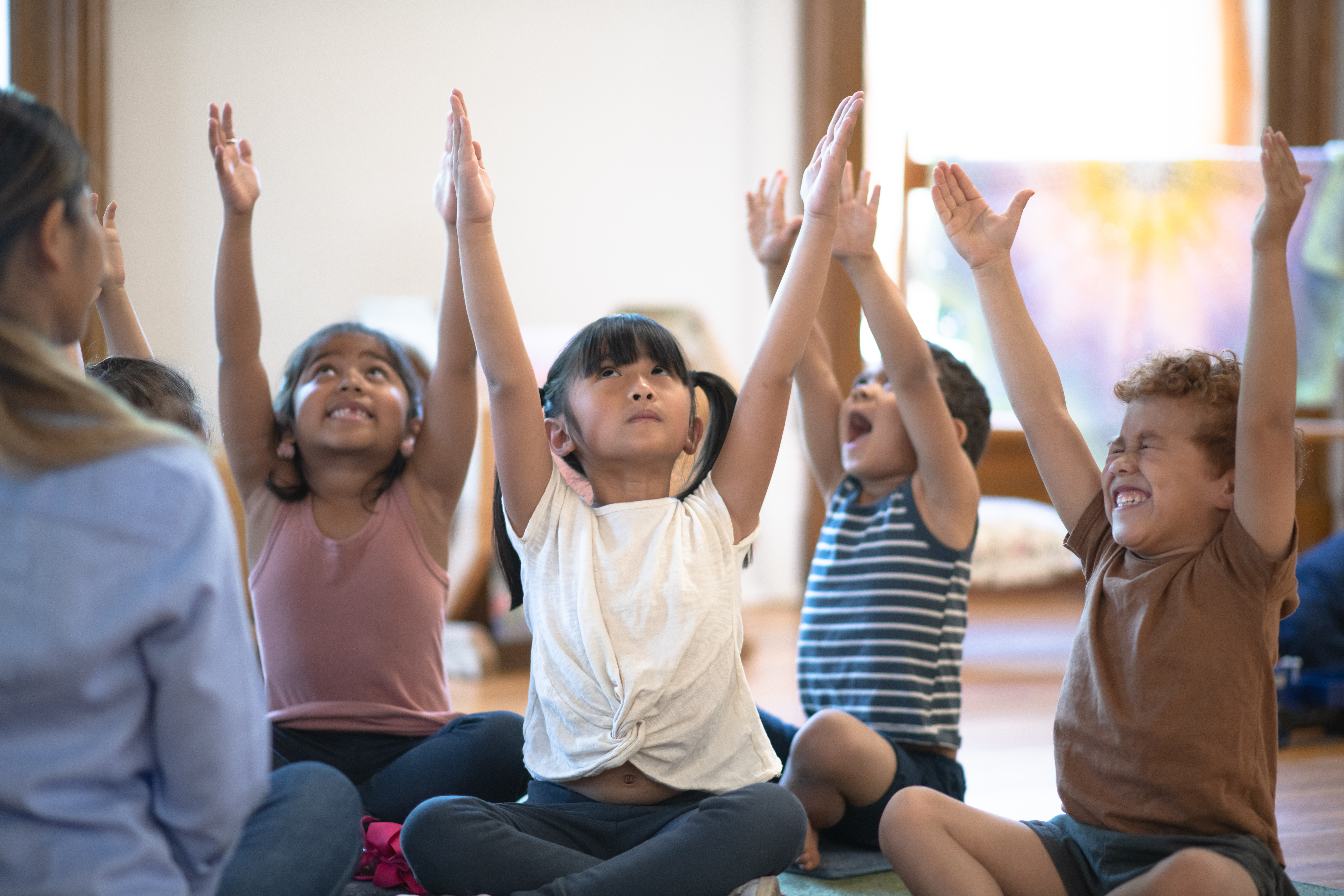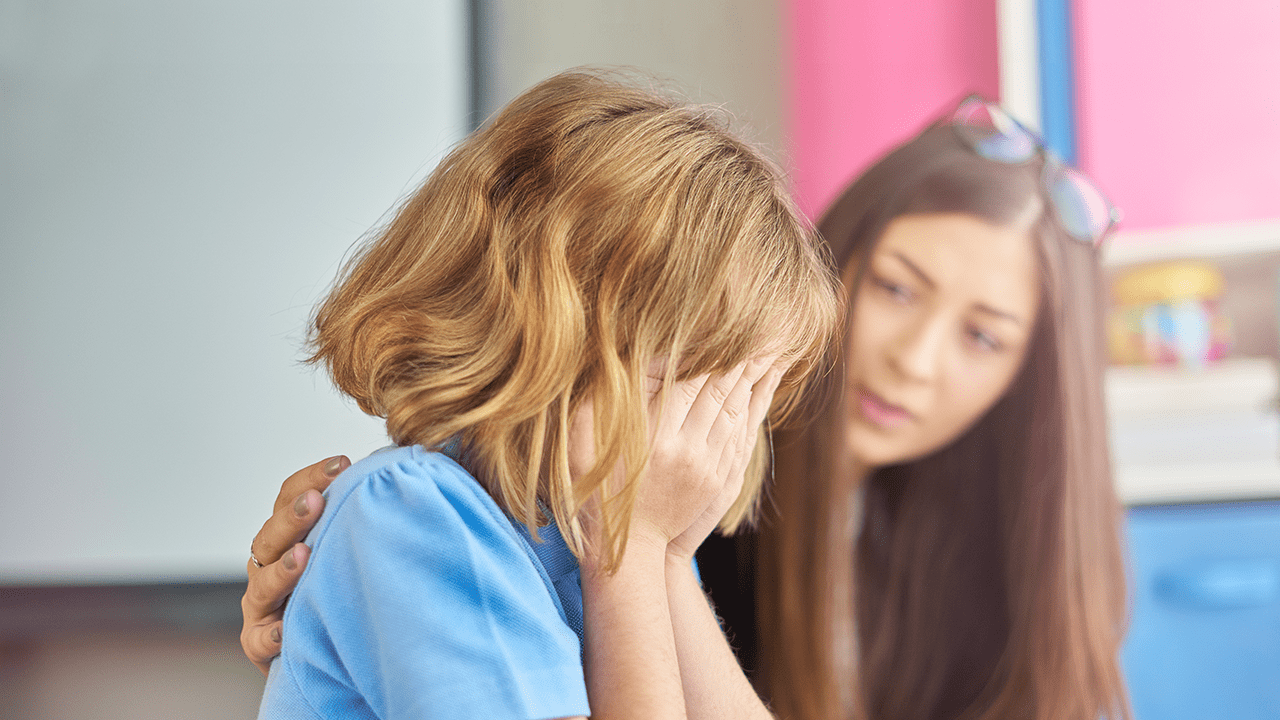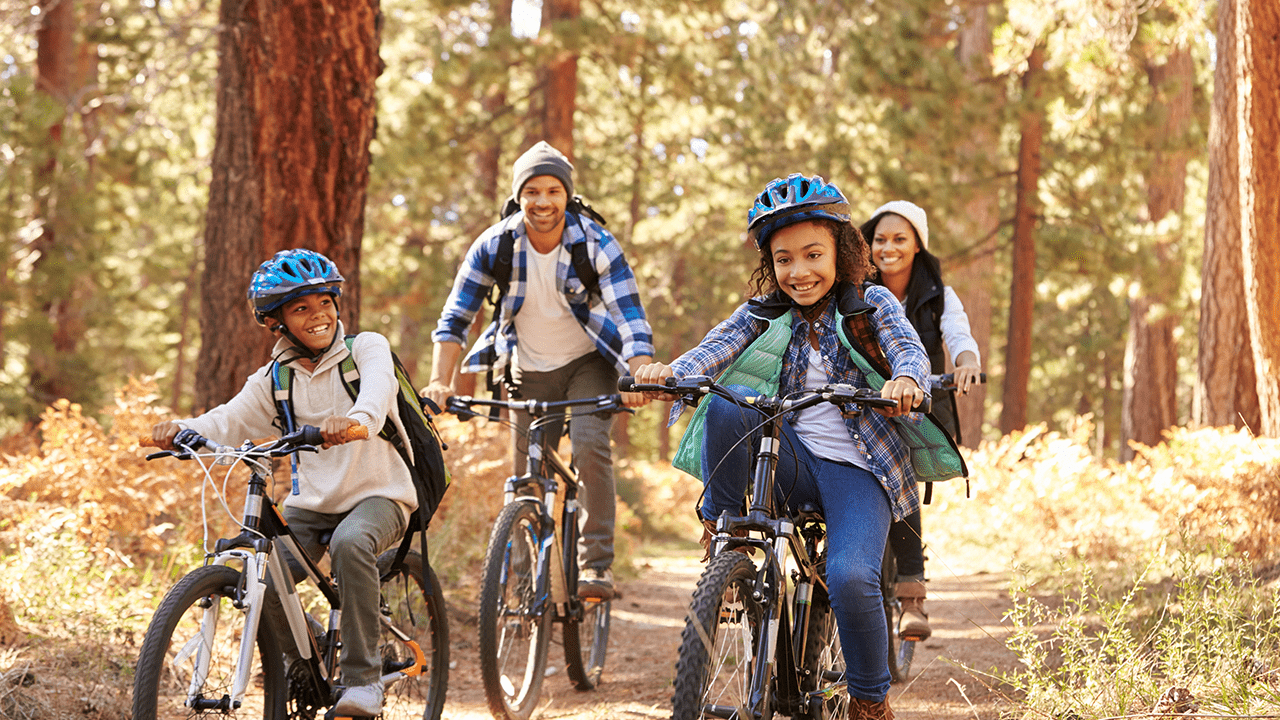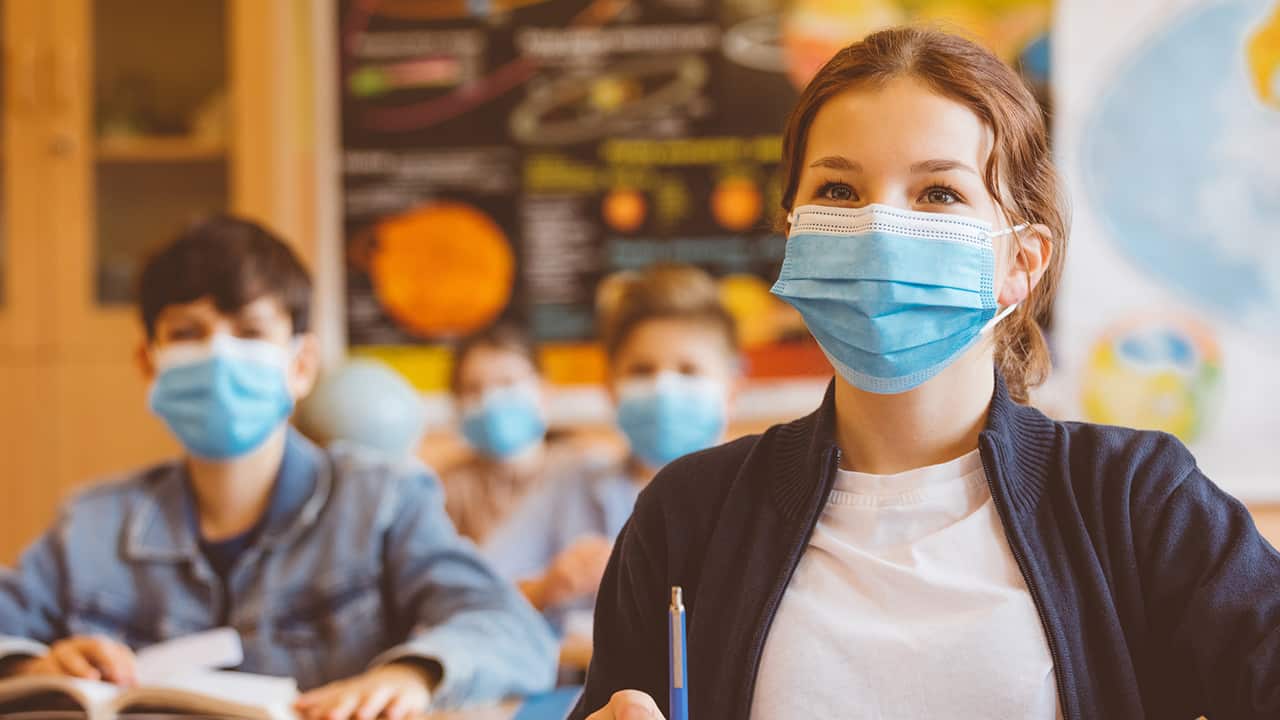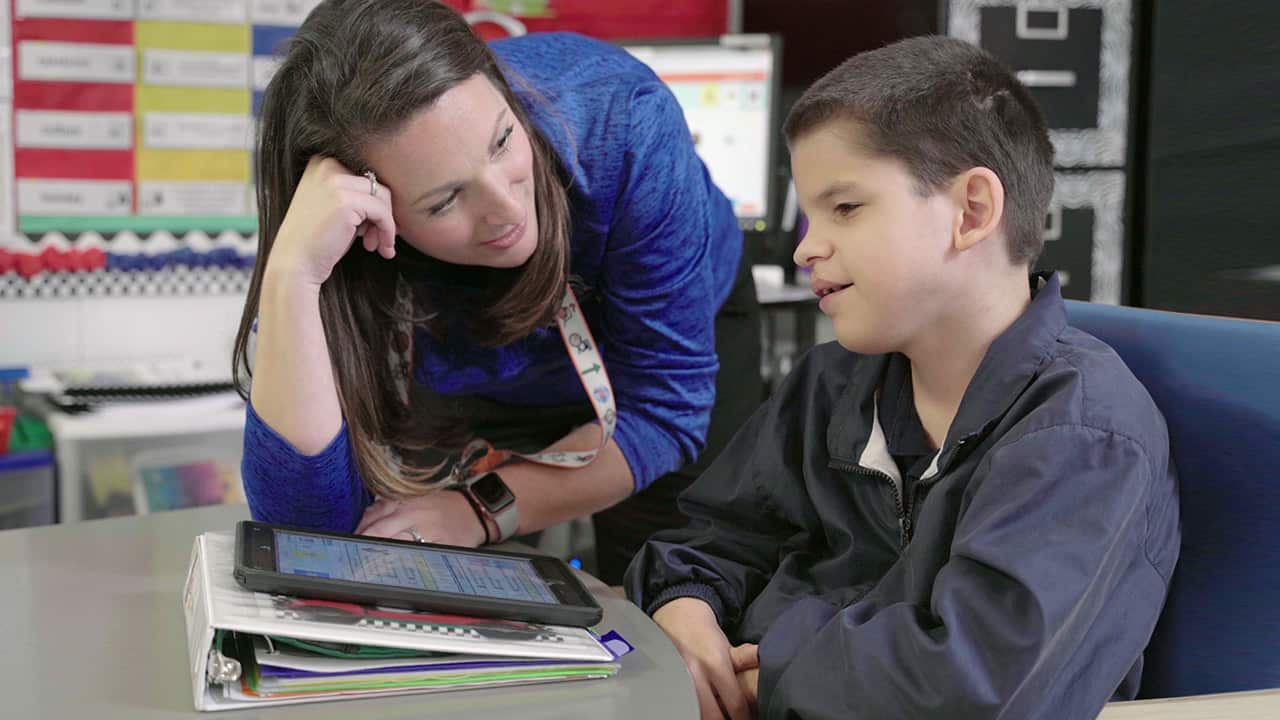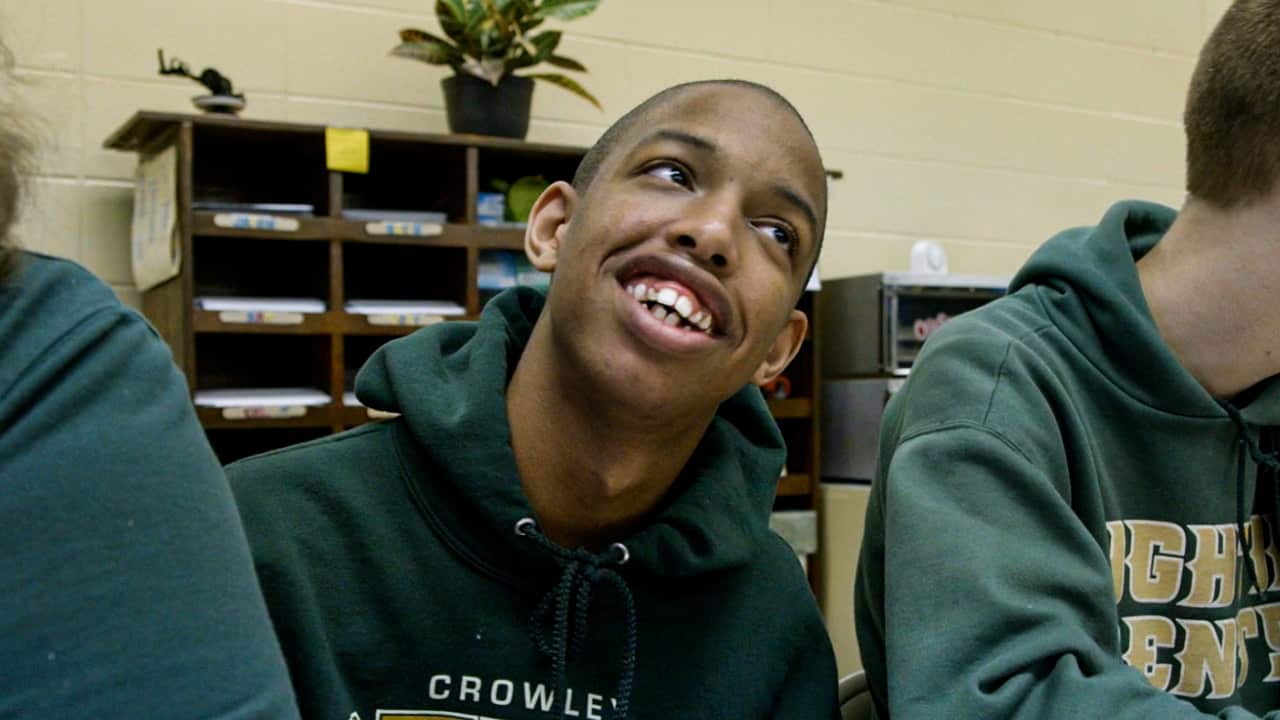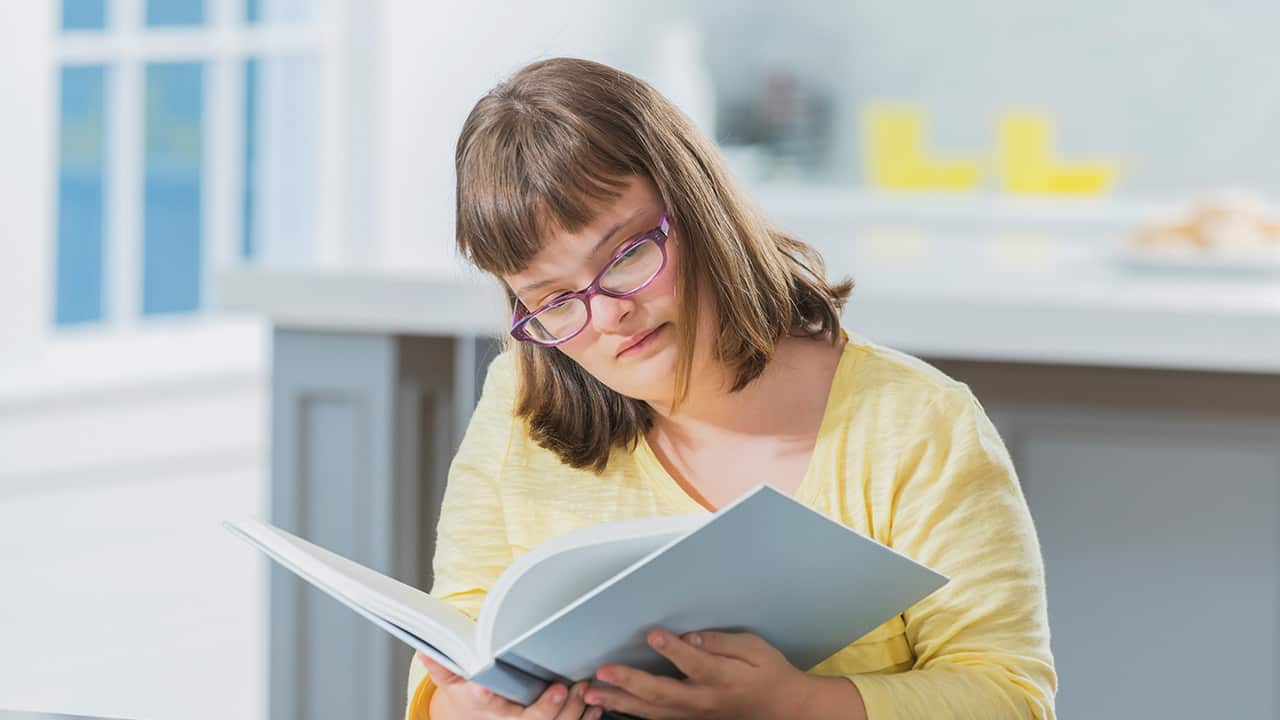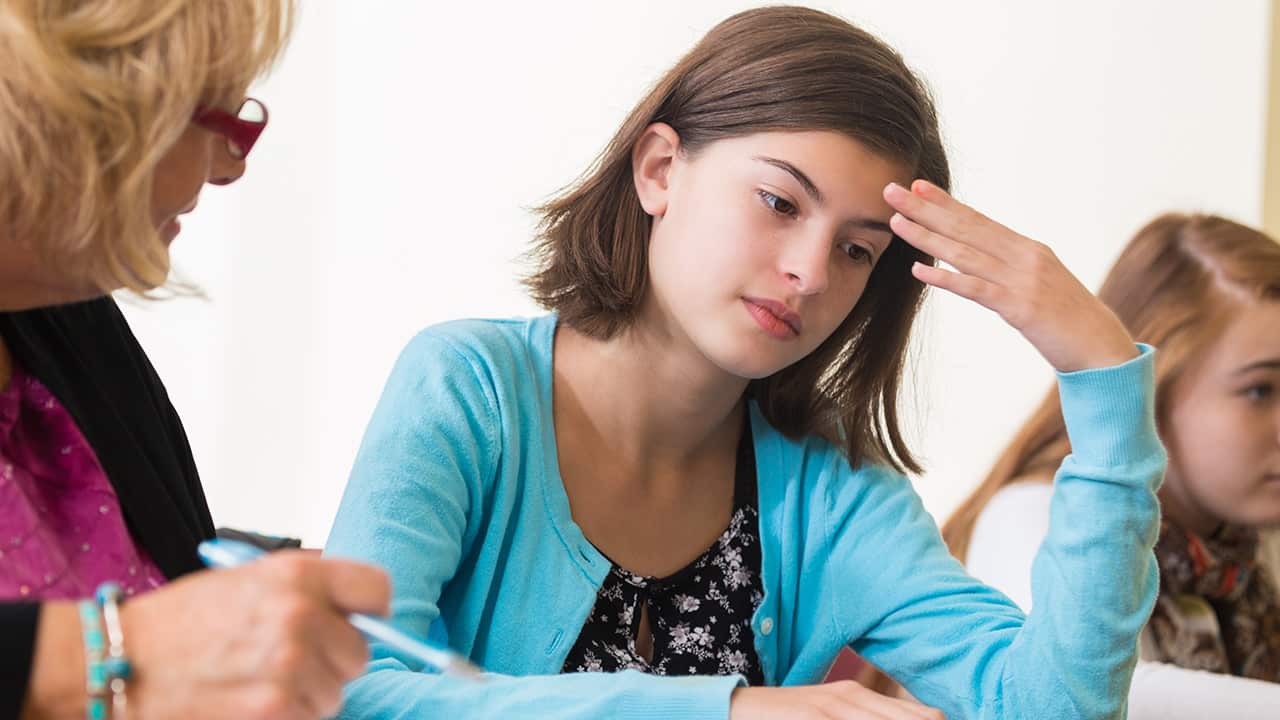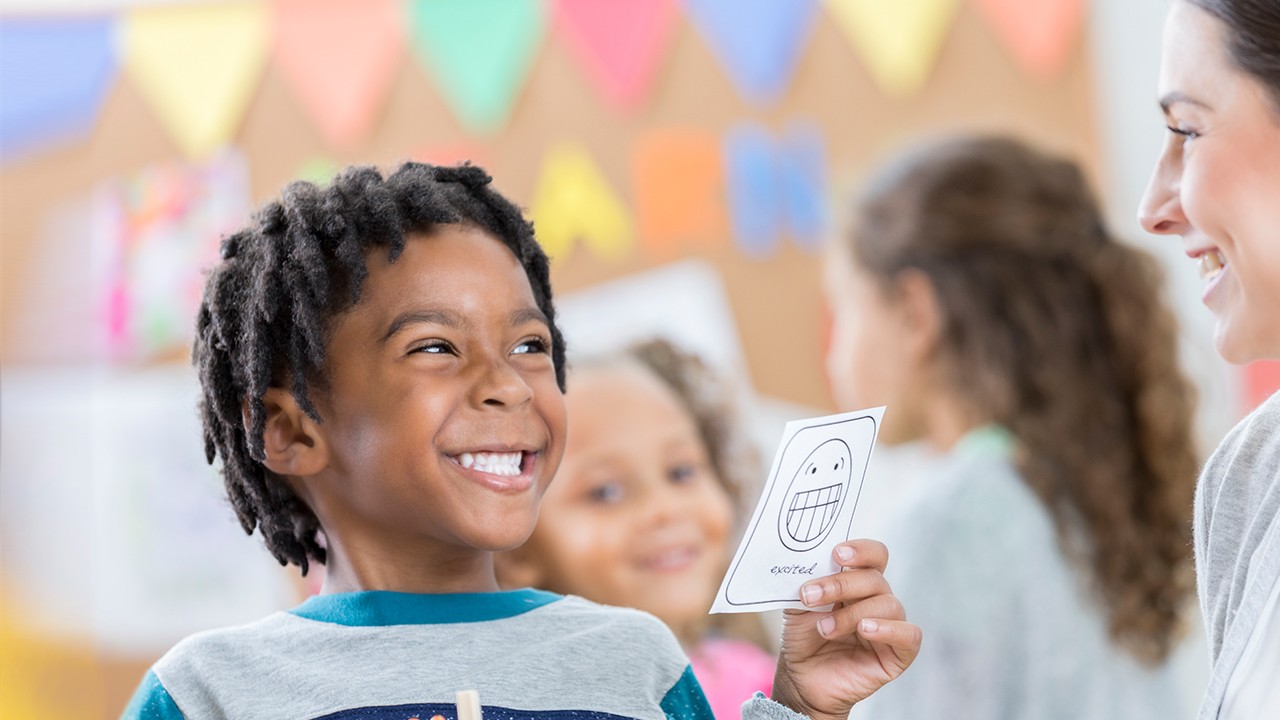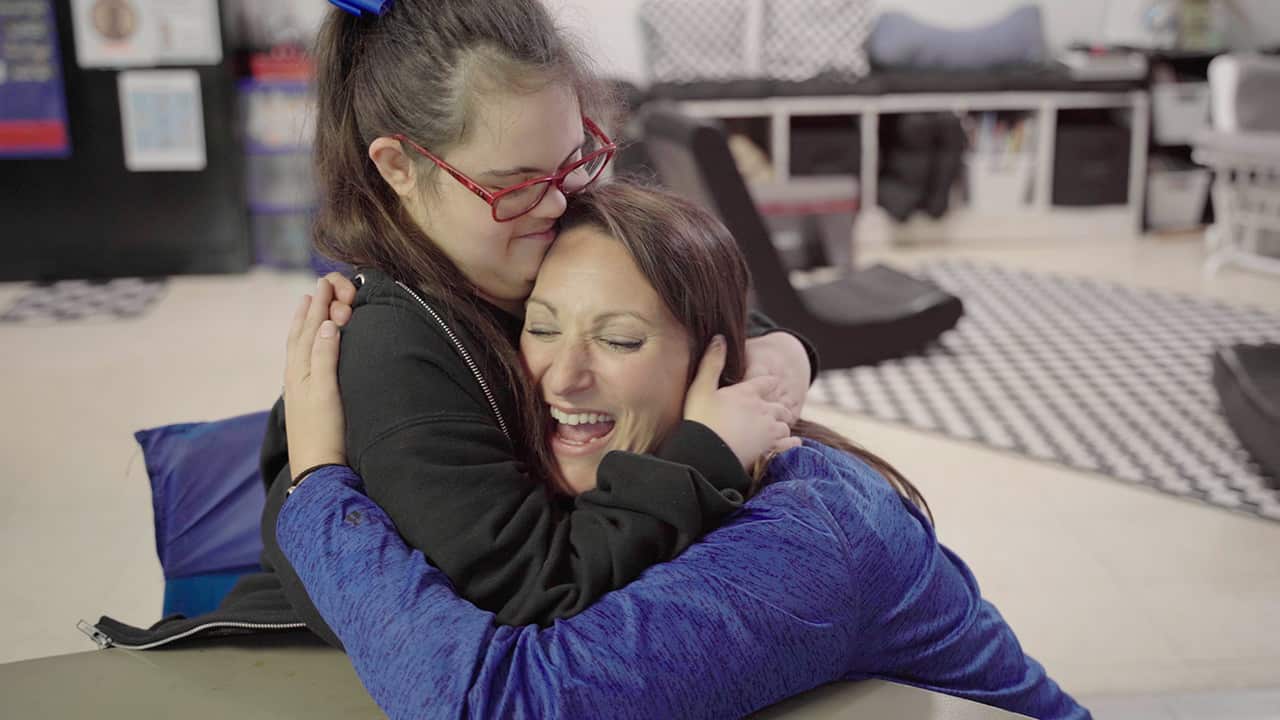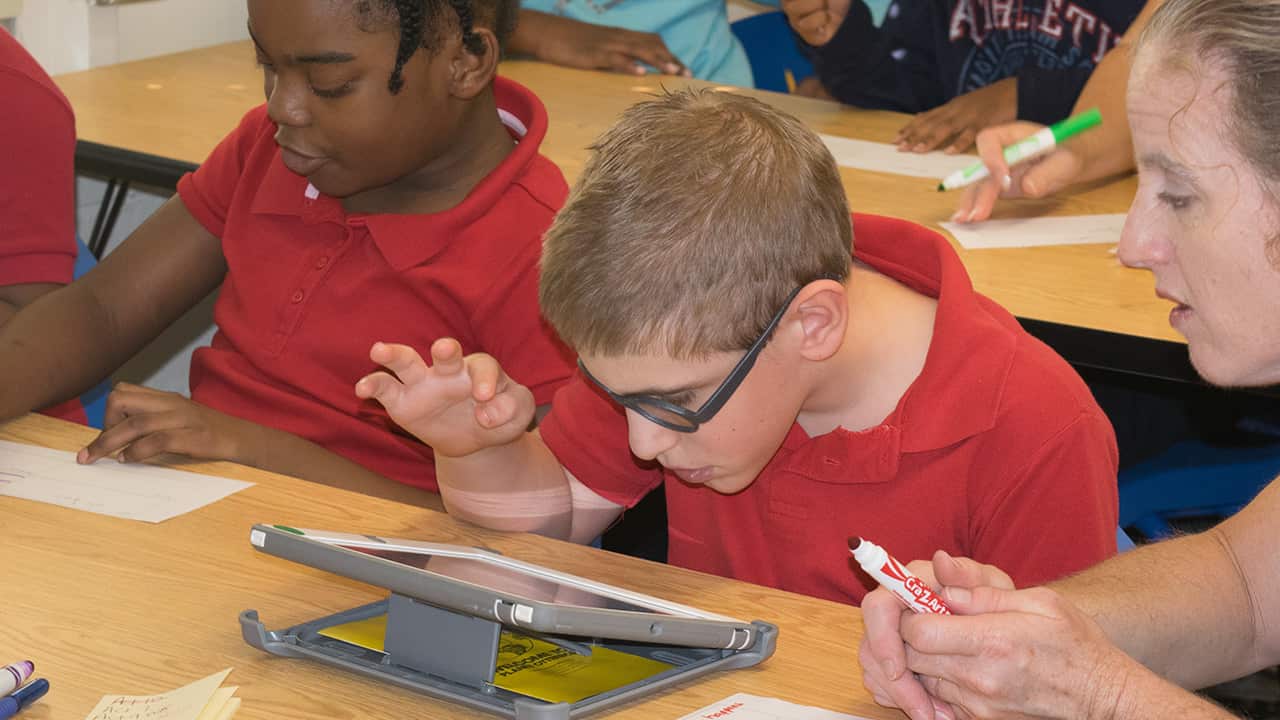Social-emotional wellness is at the heart of learning—and the n2y mission
As you, your students, and your community have taken on the challenges of the last year and a half, n2y has made it a priority to provide the evidence‑based social‑emotional learning strategies that are vital to successful academic and behavior outcomes. Throughout this time, our experts have been sharing best practices and insights to help you build the SEL programs that will result in positive learning environments and promote learning recovery as you and your students return to the classroom. We’ve gathered them here and hope you will find the strategies in these blog articles, white papers, and webinars valuable for building relationships, emotional strength, and, ultimately, the best outcomes!
